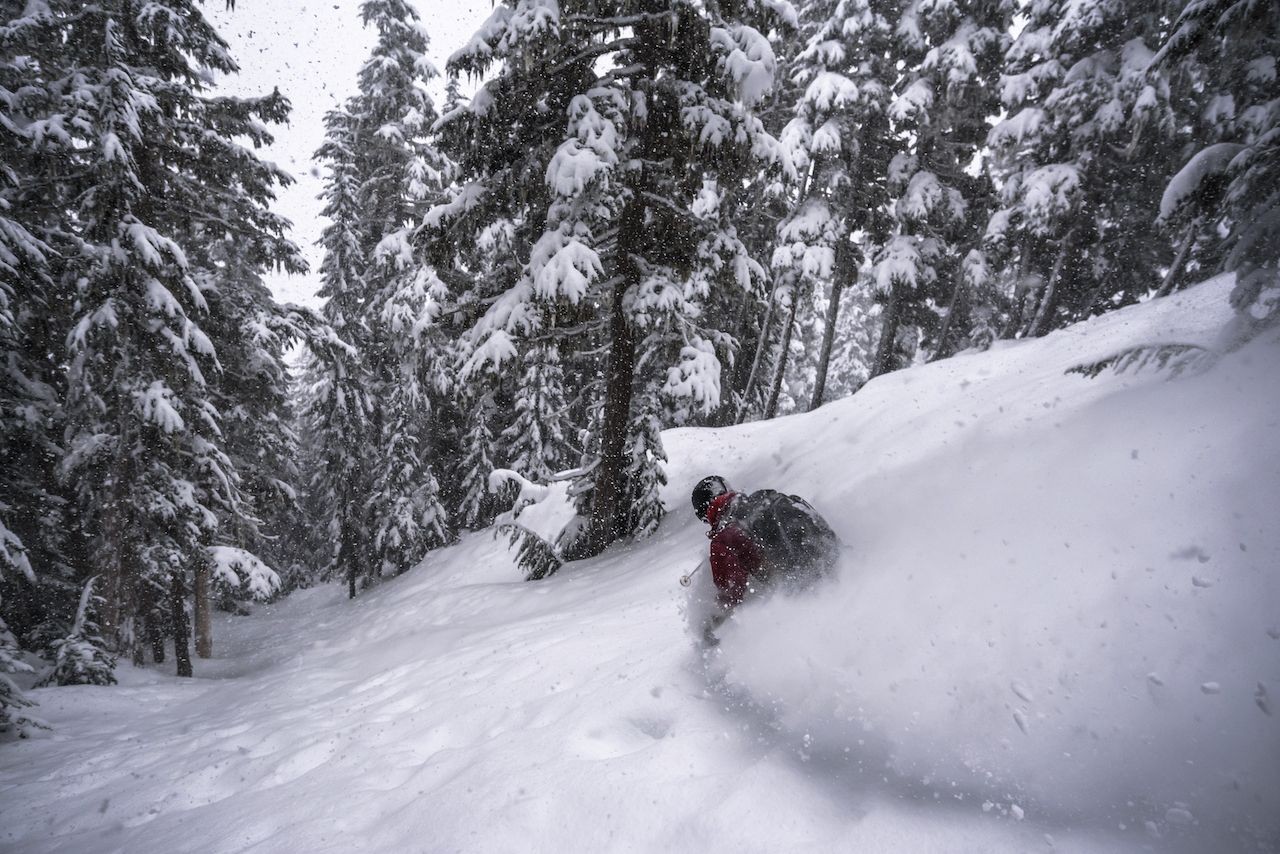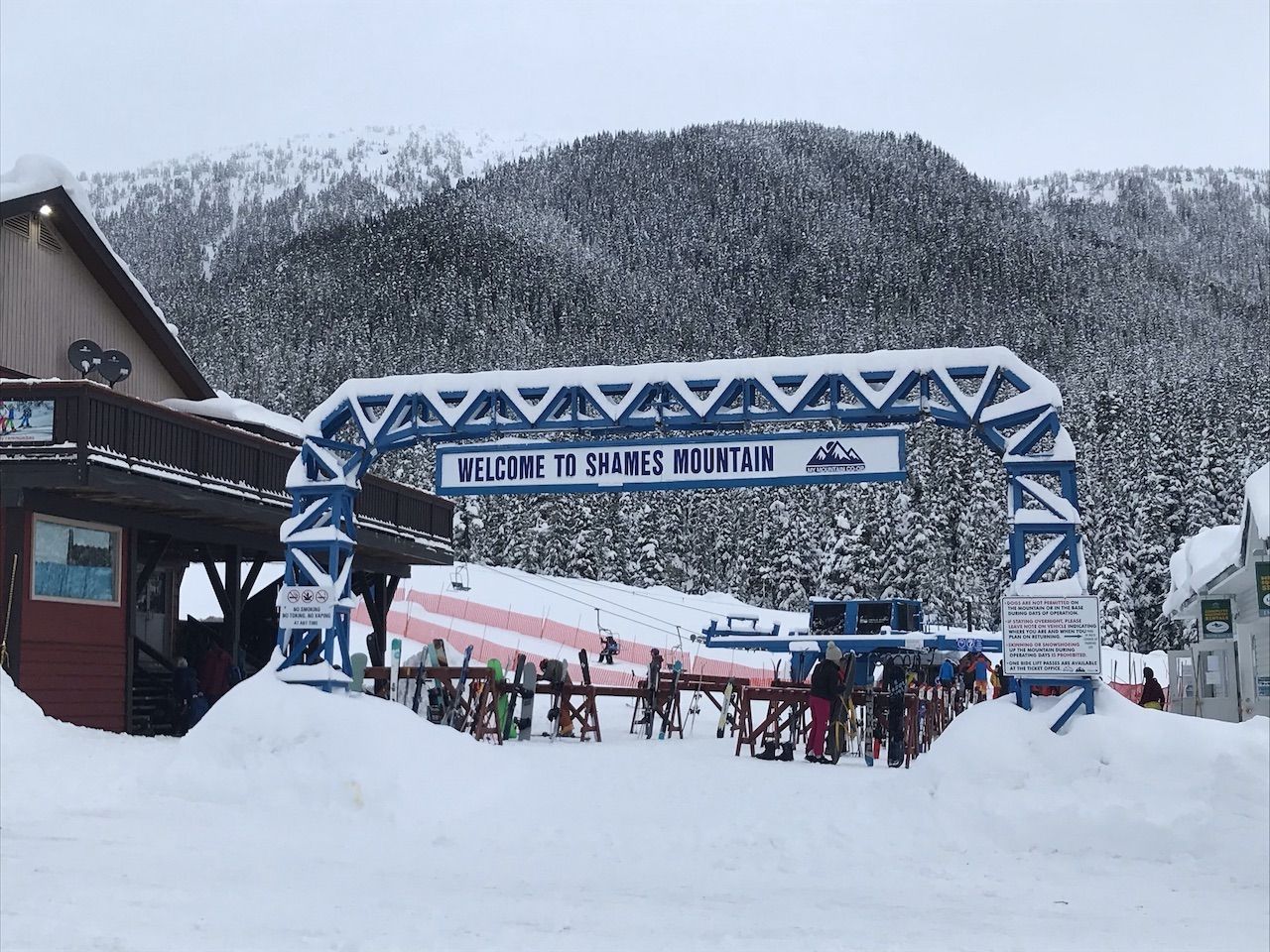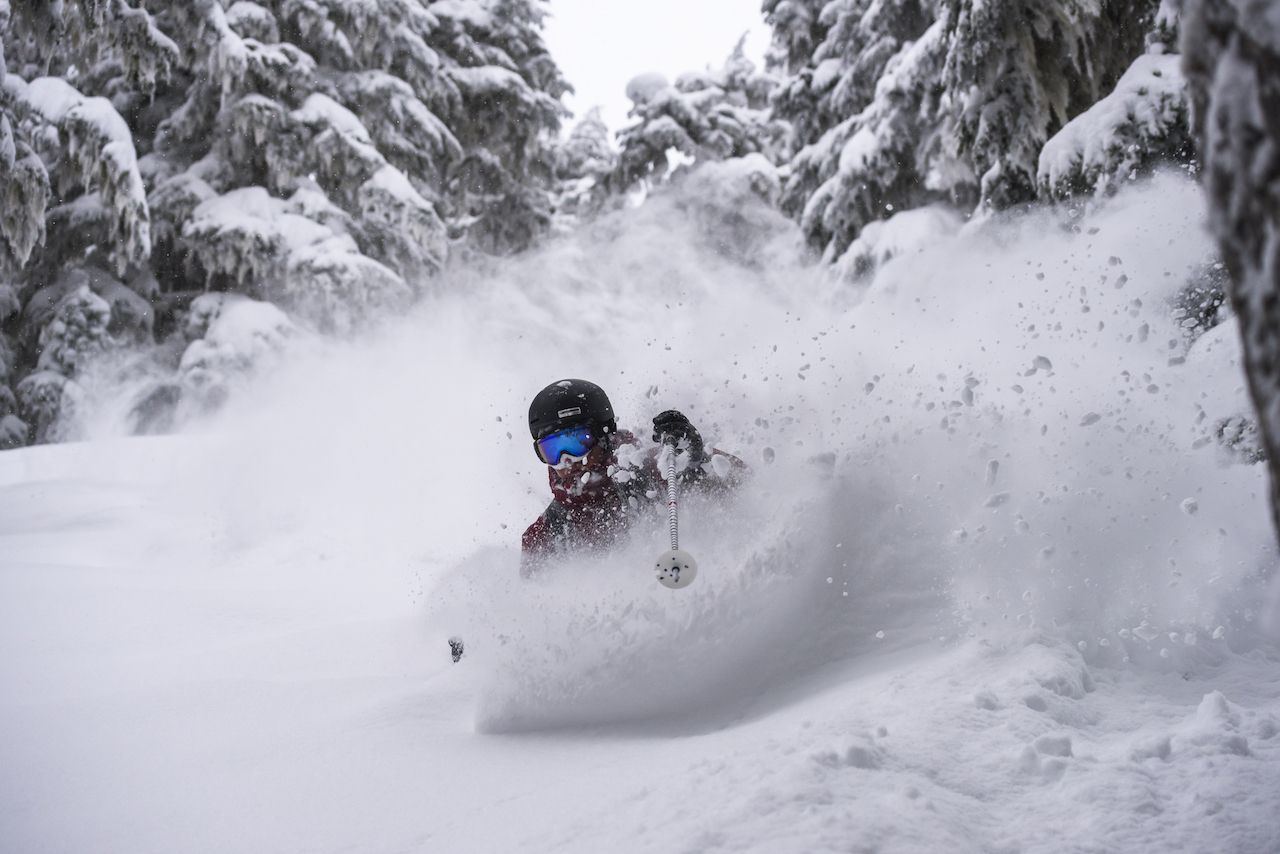British Columbia’s major ski resorts close to the US border are world-class in every sense. High-speed lifts, fine dining, bubbly spas waiting at the hotel. On the other hand, the ski towns of Northern British Columbia — known to locals simply as “The North” — are noticeably, and intentionally, not like that at all.
In The North, you’re more likely to ride a T-bar than a six-pack chairlift. And $15 cocktails? Only if you order a double. What you will find is North America’s most community-driven ski scene, a collection of small towns, and hand-crafted ski areas free of the continued conglomeration enveloping the resorts further south. The Kootenays may have the Powder Highway, but The North has Highway 16.








